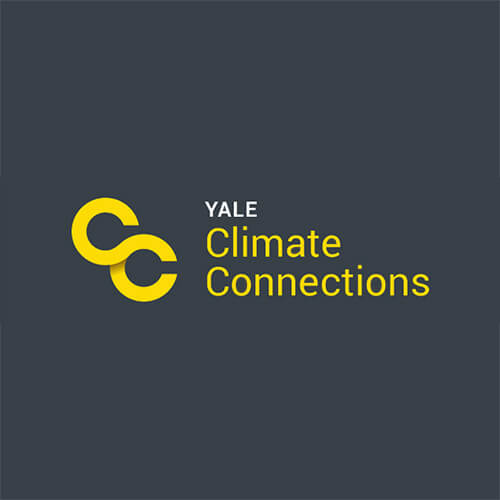Establishing the Realities of Climate Change Requires Observation, Not Speculation

From Yale Climate Connections:
The sun is shining, birds are chirping, and … your street is flooded? So-called “nuisance flooding” happens when high-tide waters pour into coastal communities. It may have nothing to do with rainwater or storm surge. And as sea levels rise, it’s getting more common.
William Sweet of the National Oceanic and Atmospheric Administration says that, on average, high-tide flooding around the country is now twice as common as it was 30 years ago. Last year, some places in New Jersey, Massachusetts, and Texas saw more than 20 days with high-tide flooding.
And he says the problem is growing quickly. Sweet: “Small amounts of sea-level rise can make a very large difference in the number of days that communities are going to experience water in the streets.”
Speculating on what life is going to be like here in 100 years is one thing; opening your window curtains and looking outside is another.

It’s pretty obvious that the climate is changing. Weather patterns have been changing making hurricanes more frequently and elongating wildfire seasons. Streets have been flooding more often. If people can’t tell that global warming is real, I don’t know how they have survived this long.
Craig,
It’s a great mistake to equate weather events as evidence of “climate Change”.
I know it’s tempting to prove to doubters the righteousness of your argument with media stories of impending cataclysmic Armageddon, but it’s also irresponsible.
A certain amount of coastline movement has been constantly occurred since time immemorial. Hurricanes, typhoons and floods have always occurred along with droughts etc.
Forrest wild fires are part of the natural order.
The biggest differences are the rapid growth in human perception and preoccupation with weather events due to advanced scientific measurement, massively increased human populations, and modern mass communications and media speculation.
I hope none of what I just wrote is misinterpreted as dismissing the potential problems created by occuring climate change, just an observation that human nature always sees what it wants and expects to see, not what really occurs.
As any lawyer or police officer will tell you, eyewitness testimony is often unreliable. Even when confronted with irrefutable evidence to the contrary, many sincere eyewitnesses still refuse to recant or revise their testimony.
The danger of adopting partly observed scientific phenomena into a “belief’ structure or ideology, is very prevalent among human beings. As a species we seeks explanations and adopt all kinds of beliefs to feel secure instead of accepting the uncertainty ,inexplicable or inevitable.
There’s no demonstrable evidence of sea level rise, despite copious scientific modelling and measuring. Nearly every model advanced contains gaping flaws in methodology (mostly where assumptions replace missing data).
Craig,
One of the most important natural carbon sequestration sinks are swamps, fens, marshes and other wetlands
Often overlooked by environmental advocates, wetlands are more efficient than forests in capturing and sequestrating carbon and methane, converting it into living plants and carbon-rich soil. . Wetlands are underrated and irreplaceable resources for slowing the pace of climate change while protecting inland communities from storms, flooding even reversing the effect of increases in sea levels.
Not only do wetlands store fresh storm water, but coastal wetlands can even grow in height as sea level rises,while mangrove swamps can filter salt contamination in estuaries.
This very important resource is often overlooked when discussing climate change.
The people Republic of China is about to undertake a massive wetlands drainage project, while also expanding its use of coal by 4-500 million tons per year ! (Just this expansion alone, represents almost 60% the total annual US coal consumption)
Despite all the hoopla of the Paris accord, China’s greenhouse gas emissions increased 4% percent in the first quarter of 2018, after the country’s emissions jumped 2.7 percent in 2017.